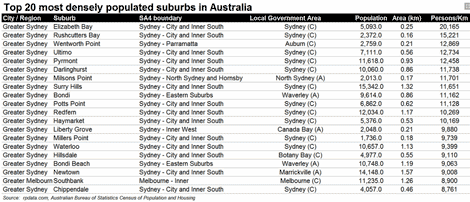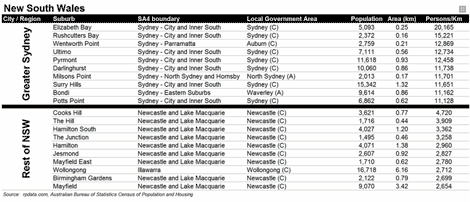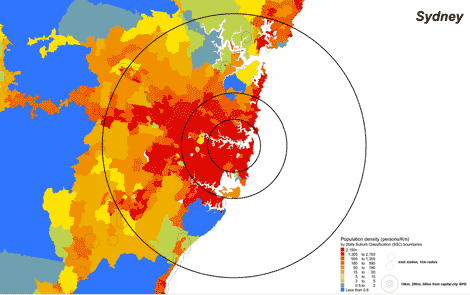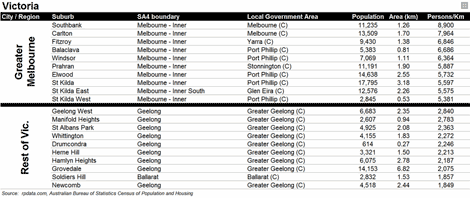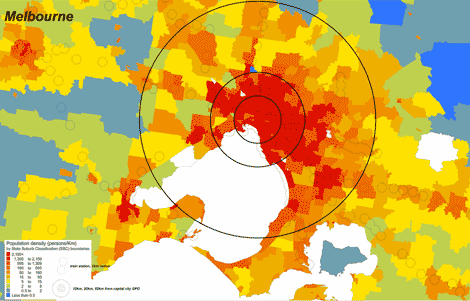Sydney dominates top 20 most crowded suburb list, with Elizabeth Bay first and Southbank the only Melbourne entry: Tim Lawless

Where can you find the most people packed into one suburb? According to the latest census data, look no further than the inner-Sydney suburb of Elizabeth Bay. This suburb covers about one quarter of a square kilometre of prime inner-Sydney real estate and, according to the latest census figures, is home to 5,093 persons, which works out to be about two persons per 100 square metres of land. The second most densely populated suburb in the country is right next door at Rushcutters Bay, with a comparatively sparse population density of 1.5 persons per 100 square metres.
Nineteen of Australia’s top 20 most densely populated suburbs are located in Sydney. The one exception is Melbourne’s Southbank, which ranks at number 19 in the population density stakes.
The table below shows the top 20 suburbs across Australia based on the highest population density on a rate per square kilometre:
Click to enlargeInterestingly, third on the top 20 list is the comparatively outer-lying suburb of Wentworth Point, which is located on the Parramatta River about 16 kilometres from the Sydney CBD. The suburb was gazetted in 2009 and was previously part of the suburb of Homebush. Having such a high population density outside of the inner city is quite uncommon for an Australian city (particularly outside of Sydney), however, as urban renewal projects and brownfield developments spread further away from the city centres, a greater level of population density in the middle-ring suburbs is likely to become more common.
The spatial patterns of population density are generally centric to the inner city and follow the path of key transport infrastructure. The trend is quite clear on the thematic maps below, which include a one-kilometre train station buffers overlay. It makes sense that higher population densities will follow the established transport corridors; land along these routes is generally zoned for higher densities. As transit-oriented developments continue to gather pace I am quite certain we will see higher population densities spreading to key transport nodes located further away from the city centres.
Sydney
Click to enlargeClick to enlargeClick to enlargeClick to enlargePhotograph of Elizabeth Bay courtesy of Flickr
Tim Lawless is national research director of RP Data.
